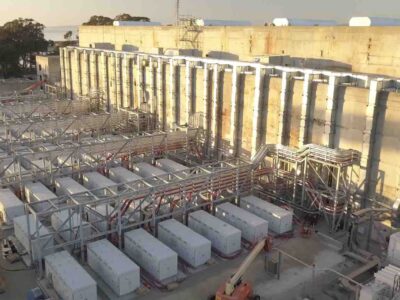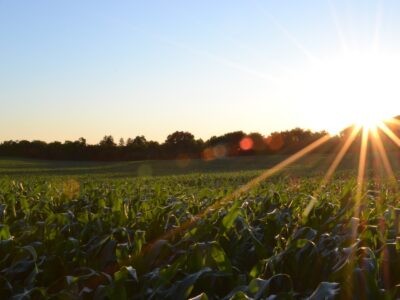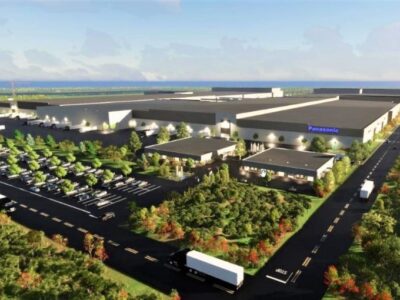Investors will soon get a new way to put their money into sustainable assets following the recent partnership between the New York Stock Exchange and Intrinsic Exchange Group (IEG), which plans to put Natural Asset Companies (NACs) on the market.
The partnership, announced in September, aims to unlock value from natural resources, which produce an estimated $125 trillion a year in ecosystem services such as carbon sequestration, biodiversity, and clean water.
NACs are a new asset class in which companies assign value to the services provided by nature instead of the extraction of natural resources.
The NACs will hold rights to products and services that help people benefit from nature, ranging from healthy food and clean water to tourism and pollination.

“This new asset class on the NYSE will create a virtuous cycle of investment in nature that will help finance sustainable development for communities, companies, and countries,” Douglas Eger, CEO of IEG, said in a press release. “Together, IEG and the NYSE will enable investors to access nature’s store of wealth and transform our industrial economy into one that is more equitable.”
The NYSE, owned by Intercontinental Exchange Inc., plans to list the NACs before the end of the year, Kiplinger reported. The launch is happening alongside a broader movement by both companies and governments to bolster their commitments to ushering in a more sustainable future. It also comes just ahead of the next United Nations global climate meeting, scheduled for November.
One key to making NACs viable for investors is figuring out how to value them. Traditional financial metrics aren’t set up to capture the value created by these companies, so IEG has developed an accounting framework that measures ecological performance to complement GAAP financial statements. The framework was developed in consultation with Robert Herz – former chairman of the Financial Accounting Standards Board (FASB) – as well as leading accounting firms.
The NYSE, a minority stakeholder in IEG, will also seek Securities & Exchange Commission approval for unique listing requirements tailored to NACs, and incorporate IEG’s accounting methodology. The next step is for IEG and the NYSE to help the first NACs prepare for listing and trading on the exchange.
“Our partnership with Intrinsic Exchange Group is another example of the NYSE tapping into our community to drive meaningful progress on ESG (Environmental, Social and Governance) issues with a solutions-based approach,” said Stacey Cunningham, President of NYSE Group.
IEG, based in Washington, D.C., aims to turn natural asset value into financial capital by providing resources to fund conservation and regenerative practices. It has spent much of its time advising governments, private landowners, and publicly traded companies on the potential creation of NACs.
For example, IEG and the Inter-American Development Bank (IDB) are working with the Government of Costa Rica to lay the foundation for NACs to preserve and grow natural assets throughout the country. In the private sector, IEG expects to ink its first corporate partnership in the coming weeks.

The NACs are broken down into three main categories: natural areas, working areas, and hybrid areas. Here’s how they differ:
- Natural areas: The focus here is on protecting, expanding, and restoring natural terrestrial and marine ecosystems such as forests, grasslands, wetlands, and coral reefs.
- Working areas: In this category, the goal is to convert existing agricultural practices from conventional methods that degrade ecosystems to regenerative methods, which restore them. Regenerative farming and ranching improve soil health, increase biodiversity, and create a healthier and more resilient food supply, all while helping farmers and ranchers earn better profits.
- Hybrid areas: Hybrid areas are those with multiple land uses. An example is a bay that serves as a watershed but might also be home to farms, residential areas, parks, and municipalities. The focus for NACs is to develop strategies to improve a hybrid area’s environmental health and ecological productivity.





